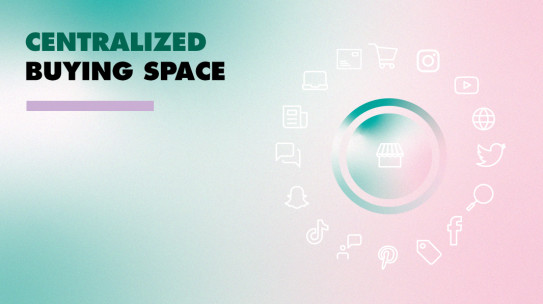
OMS & Marketplace, the new winning pair for retailers
For many retailers, the internal sales and procurement procedures underwent significant modifications between 2020 and 2021. In addition, the pandemic-related store closures altered the shopping experience.
The growing role of marketplaces
Marketplaces have developed into a crucial sales channel over time. Its greatest benefit is that it has significantly cheaper marketing expenses than other sales channels. How? Marketplaces unite the marketing and communication channels that retailers utilize by centralizing the buying space.
Marketplaces are another way that gives retailers the chance to expand internationally. Any brand can benefit financially by expanding its market, but it also has the task of establishing a name for itself and gaining the confidence of its target audience. Marketplaces aid in overcoming this difficulty. Because they provide a simple, direct approach for customers to compare products and prices from a single, dependable source, marketplaces are growing in popularity with consumers given the prevalence of third-party sellers online. Customers will always feel safer making purchases from the brand's marketplace than from an unknown online retailer in the effort to increase consumer and retailer trust.
Finally, it was frequently only a dream for both buyers and sellers to be able to shop whenever they wanted. Marketplaces give vendors their own logistics services while removing any geographical or temporal restrictions.

OMS: a driving role in marketplace management
A marketplace's main goal is to provide customers with accurate information about the goods being sold. OMSes are well-positioned to take the lead in this and hold all the cards. But things don't stop there.
The stock that will be sold on the market is concurrently exposed by an OMS. Retailers then have a variety of options at their disposal: they can offer products that are already in stock in-store (and send them via a Ship From Store service), sell stock that is only available on marketplaces, or move stock from prior seasons.
It also helps to make sure that all online orders are sent and received if an OMS is integrated into the marketplace. It features a checkbox to ensure that the customer's promise to get their item on time and, more importantly, with the appropriate delivery mode, can be carried out. An OMS influences the retailer's customer service by alerting it of order statuses and cancellation rates, which impacts the customer experience.
Since it practically segments stock to enable the seller to verify what it puts up for sale on each market, an OMS makes stock shortage problems obvious before and after an order from an internal perspective. Additionally, the OMS prevents excess sales by "absorbing" the market orders and updating the inventory in real-time.
All of these positive externalities inevitably lead to larger margins and reduced production costs by facilitating the seller's access to knowledge. As a specific illustration, an OMS can automatically select the least expensive and greenest delivery mode based on the inputs it gets.
As you can see, using an OMS in conjunction with a marketplace results in considerable improvements in referencing and accessibility. This combination is completely consistent with post-COVID consumer buying patterns, enabling present and potential sellers to get new clients while also experiencing an unmistakable rise in their turnover.




